Release of ETSI TS 103 357-2 V2.1.1
July 2, 2024

The mioty Alliance is pleased to announce the release of ETSI TS 103 357-2 V2.1.1, a significant update to the TS-UNB protocol specification for Low Throughput Networks (LTN). This new version, published in June 2024, represents a major step forward in standardizing and improving LTN technologies.
Key highlights of the new specification include:
The mioty Alliance recognizes this standardization as a crucial step in advancing the adoption and interoperability of LTN technologies. By providing a clear and detailed specification for the TS-UNB protocol, ETSI TS 103 357-2 V2.1.1 will facilitate the development and deployment of robust, efficient, and standardized LTN solutions.
We encourage all stakeholders in the IoT and LTN ecosystem to review this new standard. The mioty Alliance remains committed to supporting the ongoing development and adoption of LTN technologies, and we look forward to the positive impact this standardization will have on the industry.
For more information on ETSI TS 103 357-2 V2.1.1 and its implications for the LTN industry, please visit the ETSI website or contact the mioty Alliance directly.
About ETSI:
ETSI, the European Telecommunications Standards Institute, is a globally recognized, non-profit organization that develops standards for Information and Communications Technologies. Founded in 1988 and based in France, ETSI creates widely applicable standards for various technologies, from mobile networks to internet protocols. With members from around the world, ETSI plays a crucial role in ensuring interoperability and efficiency in the ICT industry, supporting European regulations and global technological advancement.


